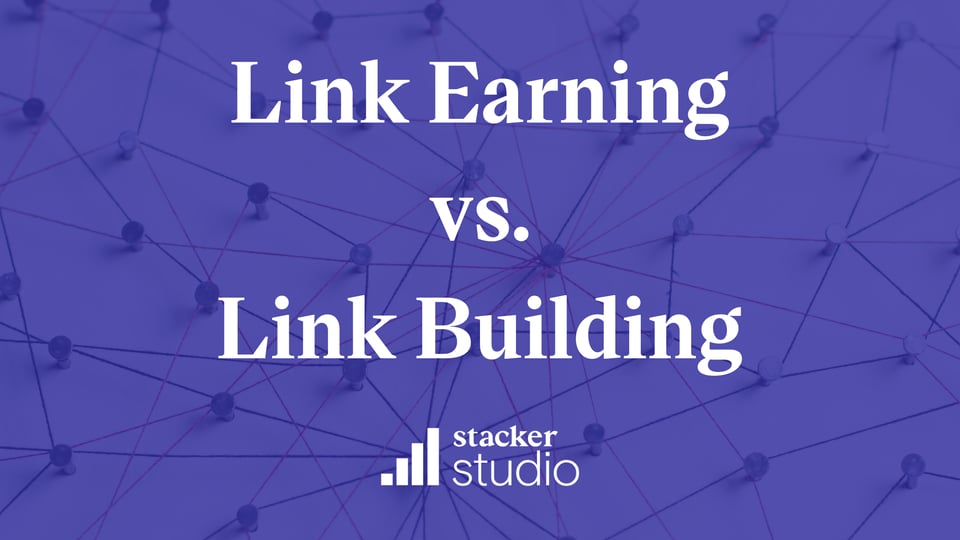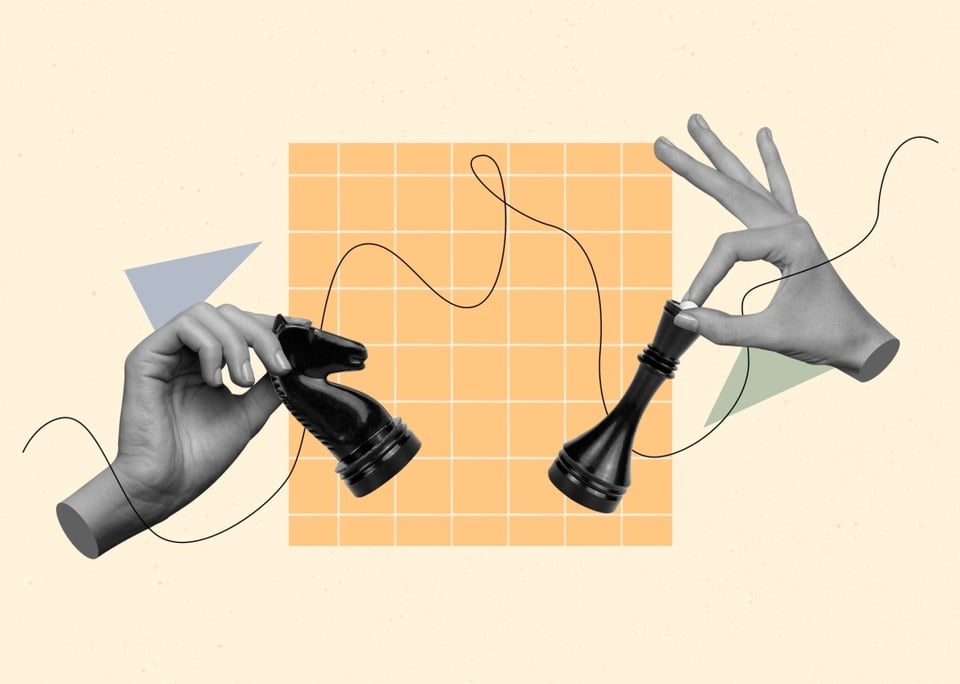Most CMOs want to market well-respected brands (unless they love a rigorous challenge). While the product or service itself needs to do most of the heavy lifting, the rest of the brand’s finessing must come from the marketing department.
All collateral that comes out of a company’s marketing department will reflect on the brand itself, so building brand authority must be a top-level objective.
Why? Potential clients and customers want to trust you before they buy from you. If you’re able to present yourself as an expert, you’re setting a strong foundation for establishing trust as you proceed with all of your other marketing efforts.
The SEO department can be an invaluable asset in building authority and tracking authority, but many CMOs overlook this fact.
To get started, here are some authority metrics to track, either to see if you’re heading in the right direction or to pivot your strategy to start earning more credibility in your industry.
#1 - Brand searches
A brand search is any query that includes a brand name. This could be your brand name on its own or your brand and a product or service name. It also includes spelling mistakes or any variation of your brand name.
Branded search queries are used by people who already know your brand or are at the very least familiar, which makes it a good indication of how aware people are of your product and the effectiveness of your marketing campaign.
Example of brand searches for Apple from Semrush
The image above shows the average monthly search volume of Apple; it also displays a trend graph. In the trend graphs, there are peaks and troughs that indicate an increase and decrease in demand which is a good measure of your marketing efforts or seasonality.
If you have launched a new marketing campaign, you would expect to see an increase in brand search. If there is no spike or growth in your brand searches, that's an indication that your marketing efforts are not effective, meaning you need to go back to the drawing board to review your messaging, your target audience and your method of distribution.
Google Trends is another good way to monitor the increase and decrease of brand demand.
An image of a search trend for the Range Rover Sport
The trend shows maximum exposure for Range Rover on May 10 due to significant media coverage following the release of the Range Rover Sport. The high peak shows an increase in demand (higher brand searches), which is what they were aiming for.
Growth in brand searches is an indication of improving brand awareness, and since those searching for your brand name directly are more likely to convert into customers, improving your brand searches is a strategy you should be actively pursuing.
#2 - A healthy backlink profile
Simply put, backlinks are site or article links pointing to your site. A link is a vote for your credibility, because when someone chooses to link to your site, it often means they found the information on your site valuable enough to share with their own audience.
However, not all links are equal. A link from an authoritative website, like a highly trusted news site or a government website, is more credible than an unknown blogger’s website, for example. The higher-quality the source of the link, the more impact it has on your site’s reputation.
You want to ensure that you earn a healthy number of links from authoritative sites that are relevant to your target market to build a healthy backlink profile, because this is a major signal Google uses to assess the credibility of your site and thus help determine how high it should rank in the search engine result pages (SERPs).
Interesting research in Search Engine Journal on the effect of link building vs. brand popularity shows the effect of link building on site visibility.
Comparison of two sites on Google Trends from Search Engine Journal
Despite Site A having more brand searches (brand awareness) than Site B, which is a clear indication of user demand and preference, Site B outranked site A for its core keyword due to having more authoritative backlinks.
To build a healthy backlink profile, you need to invest in high-quality, data-driven, newsworthy content creation. This is why brands partner with us at Stacker Studio — we create and distribute newsworthy stories on their behalf so they can earn links from news publications across the country.
#3 - Number of relevant, ranking keywords
Search engines like Google work hard to provide valuable content for their users. There are millions of web pages with potentially relevant information for every search query, and Google examines countless factors to determine where a page ranks in the SERPs.
First, it has to be able to access your site (crawl) to evaluate its contents. Next, it examines the relevance of your page for the query: Does it meet the user intent? In other words, when someone searches for something, does your page answer their query in the most useful way?
Google’s also looking for authority signals to and on your page to assess if you are trustworthy in this topic area. Perhaps whoever wrote the article on the page is an established expert and has written on the topic on many respected publications. Or perhaps your page has received a lot of backlinks from reputable sites.
When you meet all of this criteria better than competing pages, you get rewarded with higher rankings in the SERPs, which is why the number and the positions of the keywords you have ranking can be a great indication of the effectiveness of your marketing strategy.
However, not all keywords are created equal. You could be ranking for a lot of irrelevant stuff depending on your content, and in that case, it might not necessarily mean your brand has more authority. The relevance of the keywords matter, too.
If you’ve heard of topic clusters, this is a strategy to try to rank for specific topics that matter to your brand and demonstrate relevant authority. If you’re successful and you’re starting to see your pages ranking for many topic-related keywords, you’re on a great path toward more authority.
As a bonus for doing all this hard work, when people search for something and see your site ranked in a top position, you’re sending brand new authoritative signals to them that you clearly know what you’re talking about, and your marketing efforts compound!
#4 - Online reputation
Another key metric to monitor is the online reputation of your brand.
The most obvious are any reviews posted about your company. For B2C, Google, Yelp, TripAdvisor, and countless other sites offer consumers the chance to rate and review the products and services they’ve purchased, and your ratings here can have a major impact on how potential customers view you.
This matters for B2B, as well. Sites like G2, Clutch, and more help people assess the best software and services available to them, and buyers are looking for validation from other purchasers to confirm it’s a good decision.
Other ways to keep a pulse on your online reputation are to do searches of your brand name on sites like Quora, Reddit, and other sites where users are able to ask questions and post their opinions. What is being said about your brand? You can also use brand monitoring tools to do this for you across various sites and social media platforms.
Online reputation extends further, even affecting the SERPs.
In February 2019, Google confirmed that online reputation (expertise, authoritativeness, and trustworthiness, or EAT) is a core part of its algorithm. And according to Google’s quality raters guidelines, what people say about your business online matters. This emphasizes how high rankings reflects well on your company’s perceived authority.
Conclusion
It makes intuitive sense that building up your brand’s authority in trust is important, but it can be hard to tell if you’re moving the needle. Using the four indicators we discussed, you now have a few tools for monitoring how your authority-building efforts are performing.





.jpg?width=1657&height=1000&name=Nav-Our%20Results(1).jpg)




